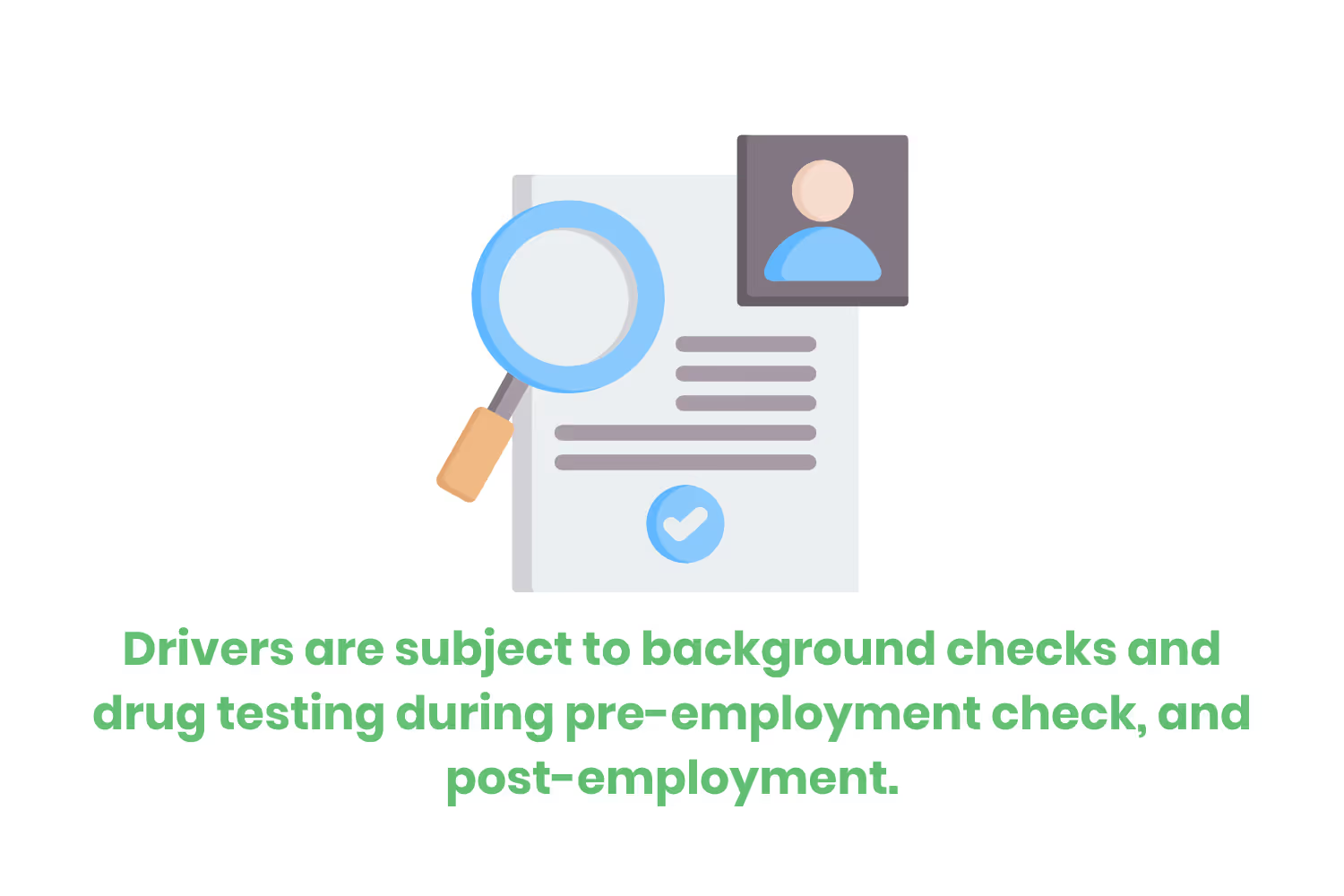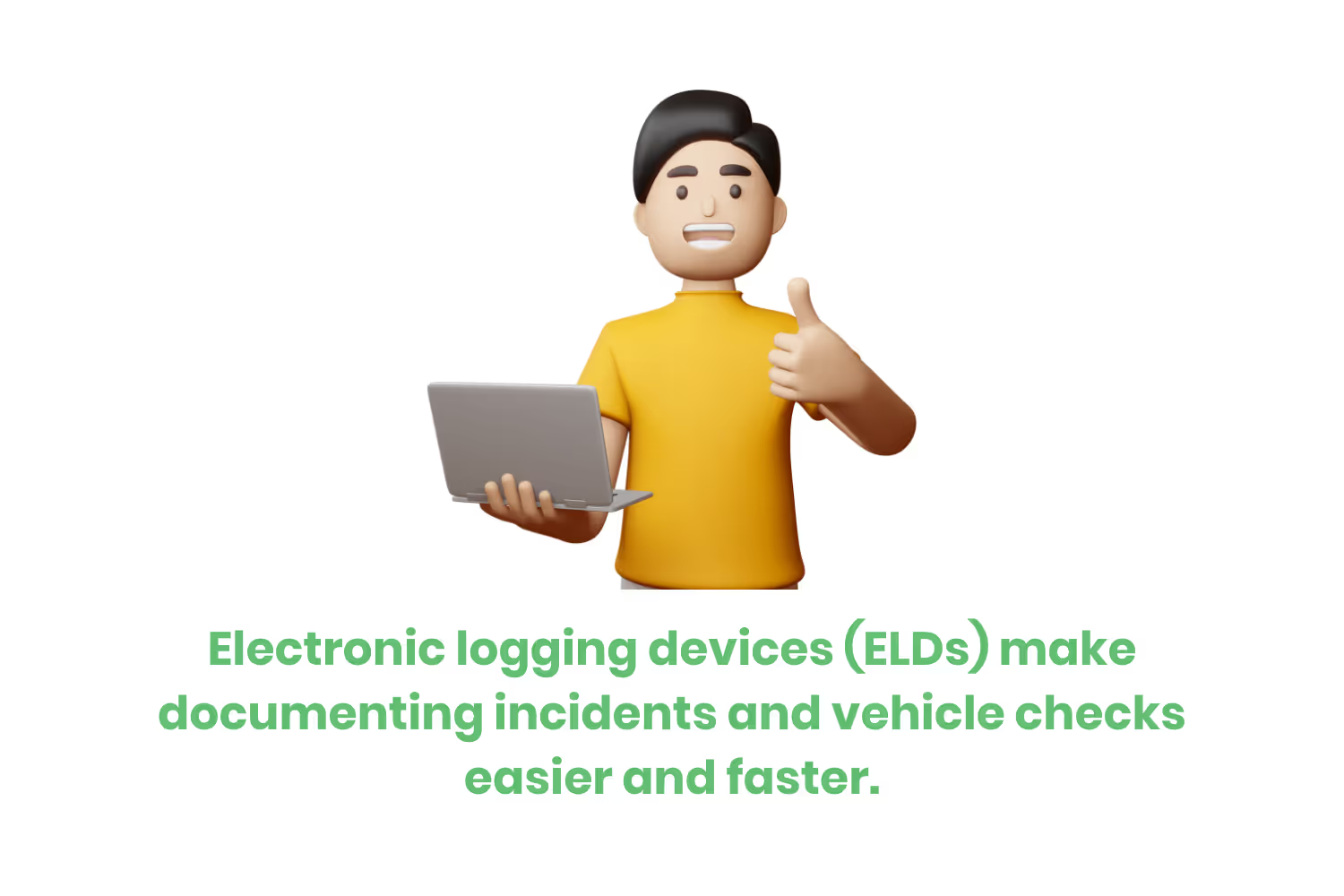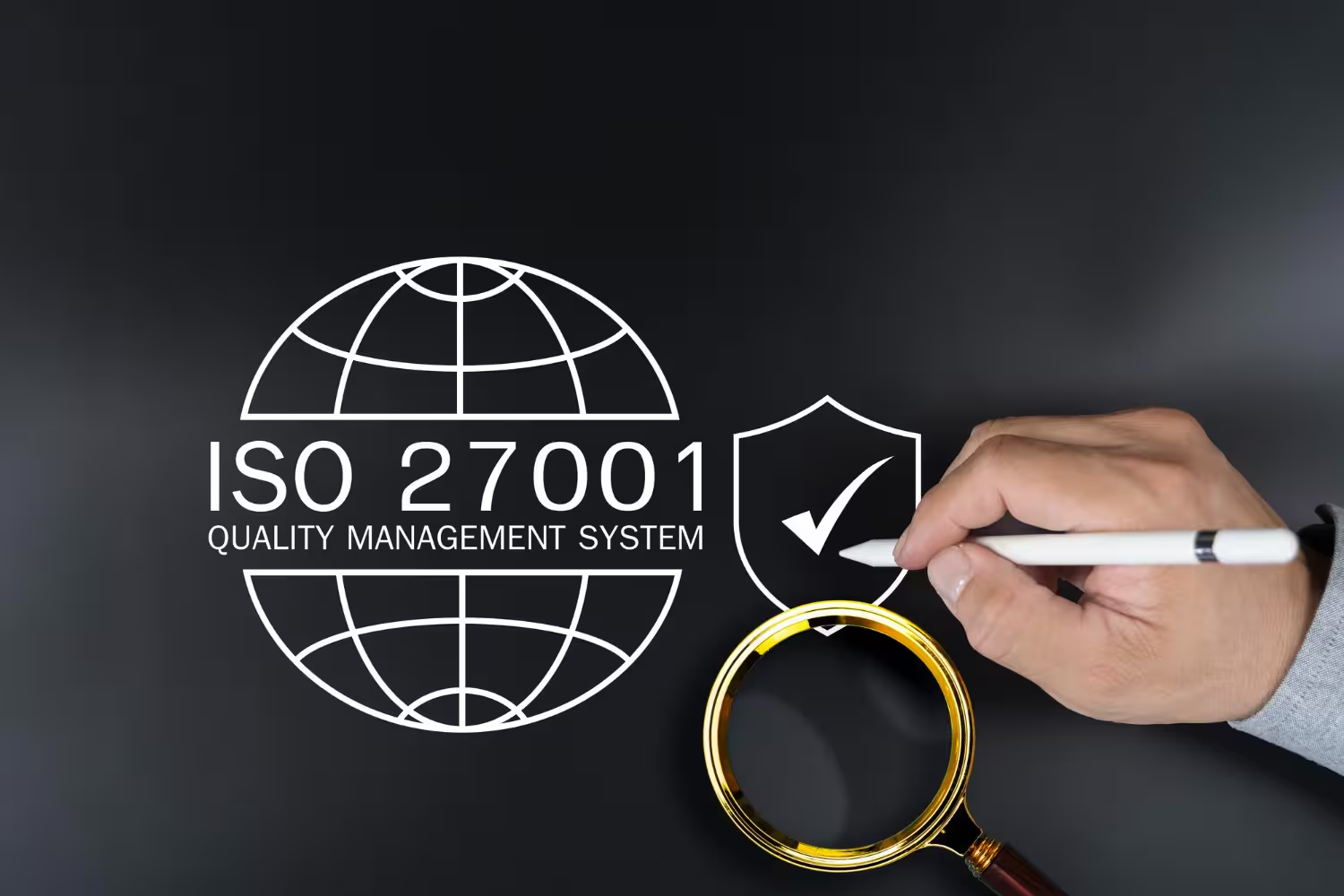[ANSWERED] What is DOT Compliance?
So, what exactly does DOT compliance mean? What sort of training does one need to complete to become compliant? Let’s dive into these questions, along with the risks of not meeting DOT compliance standards in the transportation industry.

In 2021, 42,939 people died in motor vehicle accidents. When it comes to travel, safety is obviously an important aspect. Whether it is just driving down the street to the grocery store, or Amazon trucks delivering packages. There are rules and regulations for everyone to follow, such as wearing a seatbelt and obeying the speed limit.
With commercial transportation, there are a few additional regulations. Bus drivers, trucking companies, and other commercial transportation systems are liable for not only their safety, but the safety of those around them.

The Department of Transportation (DOT) therefore holds strict standards regarding safety for all commercial motor carriers. To stay compliant with these standards, there are requirements each carrier must meet. Meeting these standards means completing DOT compliance.
So, what exactly does DOT compliance mean? What sort of training does one need to complete to become compliant? Let’s dive into these questions, along with the risks of not meeting DOT compliance standards in the transportation industry.
What is DOT-Compliance?
DOT compliance refers to the ability of commercial transport companies to meet predetermined safety standards. These standards cover all DOT areas of oversight. To transport materials, truckers must have DOT numbers on their equipment and paperwork.
USDOT numbers indicate registration with the agency recognized by the Federal Motor Carrier Safety Administration (FMCSA). This number not only tracks your compliance information but the safety record of your entire company as well. You can also use this information to access safety information during audits, crash investigations, and inspections. So who exactly needs to adhere to DOT compliance regulations?

Who Must DOT-Compliance
DOT compliance rules apply to vehicles that register with the Department of Transportation. And also vehicles that receive a USDOT number. Again, we are talking about commercial motor vehicles. These can be anything from buses to semi-trucks. These vehicles often operate under one or more of the following criteria.
Hazardous Materials
The transportation of hazardous materials. DOT covers what constitutes a hazardous substance. As well as what type of vehicle can carry it and what placards are on the vehicle while carrying the material. DOT also has the authority to stop vehicles carrying hazardous materials from using certain roads.

They can also stop them from entering designated areas. Specifics on the type of material and quantity come from the USDOT. You can also visit online to find out more about what constitutes hazardous materials and how to transport them. Visit the Federal Motor Carrier Safety Administration website and navigate to the regulations section for more information.
Transportation of Passengers
This includes the transportation of more than 8 passengers (including the driver). It also includes the transportation of more than 15 passengers (including the driver). The purpose of transporting people is another determining factor when it comes to DOT compliance requirements. For example, if there is compensation for the transportation, this requires DOT compliance. Note that if a vehicle carries more than 15 people they must also still be DOT compliant. Even if the services are free.
Weight Limits
DOT compliance applies to the gross vehicle weight rating/combination weight rating. This weight is 10,001 pounds or more. Gross combination weight rating means the maximum operating weight, including the load. For example, the maximum operating weight of a semi-truck combination.

Gross vehicle weight/gross combination weight criteria also rest at 10,001 pounds. Although, there is a difference between gross weight and gross weight rating. Gross vehicle weight refers to the weight of the vehicle, including the load. While gross vehicle weight rating identifies the limit of what is acceptable. These qualifications apply to all vehicles in use for interstate commerce.
Regulations on how to properly distribute weight and what methods to use to secure it in place are vital. It is necessary to prevent dangerous load shifting. As well as help avoid instances of overturning vehicles or accidental spillage.
DOT Fleet Compliance
Let’s take a look at the ins and outs of the DOT compliance rulebook. There are key areas of compliance all transportation services should review. Fleet compliance and diver compliance. Let’s first look at procedures regarding fleets. This compliance requires companies to keep a copy of the most current FMCSA rules in the office. Your company must develop a vehicle maintenance program, as well. This should be regularly reviewed and kept up to date with documentation.
The FMCSA also requires fleets to complete pre-trip and post-trip inspections. Document these inspections before and after every trip. Ensure vehicles have their DOT registration number. Also, make sure to maintain records of any incidents while on the road. Now let’s go over DOT driver compliance requirements.
DOT Driver Compliance
For commercial motor vehicles (CMV) to stay DOT compliant, drivers must meet certain conditions. Training for drivers includes a mix of hands-on training and instruction. After completing this training, a driver can earn a commercial diving license (CDL). Let’s look into the specifics of these conditions.

Each driver within a fleet must have a copy of the FMCSA rules. Drivers need to sign this document and return the receipt to their fleet manager. By doing so, drivers are agreeing to follow the regulations described within it. Documentation and records on the safety history/qualifications of each driver, as well as a maintained record of HOS (hours of service), are also mandatory.
Drivers are also subject to background checks and drug testing. Drug testing not only happens during the pre-employment check but also post-employment. Fleet managers have a right to perform random tests regularly. Supervisors are not immune to this screening, however. They must also adhere to random drug and alcohol tests.
A physical examination is mandatory as well. This, along with a medical certificate, ensures that drivers can safely perform their duties. As a commercial fleet manager, you must familiarize yourself with DOT regulations to help minimize the risk of noncompliance.
Example of DOT Violations
DOT violations come in many different forms. Making sure to stay on top of operations such as vehicle maintenance and driver certification is only the beginning of staying compliant. This is because DOT vehicles cover a wide range of activities. Noncompliance and violations can result in consequences, such as fines, license suspension, and more. Here are some of the most frequent DOT violations:
- Unsafe transport of hazardous materials.
- Vehicle not properly maintained or inspected as required.
- If a driver exceeds the maximum HOS. This is the maximum number of operating a vehicle without taking the required break.
- Driver does not possess the required certifications or licensing.
- Failure to pass a drug or alcohol test. Found to be using drugs or alcohol while on the job.
Conclusion
Making sure your company is DOT-compliant is essential for the safety of both your commercial transportation operators and the general public. The Department of Transportation upholds a wide range of regulations and requirements to enforce this. Everything from vehicle maintenance to safety protocols and more.
Transportation companies are set to meet these standards set by DOT through training. This training covers areas such as hazardous material, passenger transportation, and vehicle weight limits.

The recent introduction of electronic logging devices (ELDs) shows the Department of Transportation’s commitment to continuously enhance measures. This technology makes documenting incidents and vehicle checks easier. No longer are we in days of rifling through papers to log hours of service (HOS)? These regulations, if left unchecked, can result in a higher risk of accidents due to driver fatigue. Other documentation requirements which support the ongoing safety efforts of the DOT include:
- Bills of lading and manifests.
- Dispatch records and trip records.
- Expense receipts. This includes toll charges.
- Fleet management communications.
- Payroll records as well as settlement sheets.
When discussing DOT compliance, the legal obligation is of course important. But so is the moral aspect. Safety in the transportation industry means protecting everyone on the road. Drivers are responsible for keeping up with any change in standards and regulations. While also making sure to document following them along the way. Doing so will help in the ongoing contribution to mitigating and reducing vehicle accidents and fatalities.
Emphasize your product's unique features or benefits to differentiate it from competitors
In nec dictum adipiscing pharetra enim etiam scelerisque dolor purus ipsum egestas cursus vulputate arcu egestas ut eu sed mollis consectetur mattis pharetra curabitur et maecenas in mattis fames consectetur ipsum quis risus mauris aliquam ornare nisl purus at ipsum nulla accumsan consectetur vestibulum suspendisse aliquam condimentum scelerisque lacinia pellentesque vestibulum condimentum turpis ligula pharetra dictum sapien facilisis sapien at sagittis et cursus congue.
- Pharetra curabitur et maecenas in mattis fames consectetur ipsum quis risus.
- Justo urna nisi auctor consequat consectetur dolor lectus blandit.
- Eget egestas volutpat lacinia vestibulum vitae mattis hendrerit.
- Ornare elit odio tellus orci bibendum dictum id sem congue enim amet diam.
Incorporate statistics or specific numbers to highlight the effectiveness or popularity of your offering
Convallis pellentesque ullamcorper sapien sed tristique fermentum proin amet quam tincidunt feugiat vitae neque quisque odio ut pellentesque ac mauris eget lectus. Pretium arcu turpis lacus sapien sit at eu sapien duis magna nunc nibh nam non ut nibh ultrices ultrices elementum egestas enim nisl sed cursus pellentesque sit dignissim enim euismod sit et convallis sed pelis viverra quam at nisl sit pharetra enim nisl nec vestibulum posuere in volutpat sed blandit neque risus.

Use time-sensitive language to encourage immediate action, such as "Limited Time Offer
Feugiat vitae neque quisque odio ut pellentesque ac mauris eget lectus. Pretium arcu turpis lacus sapien sit at eu sapien duis magna nunc nibh nam non ut nibh ultrices ultrices elementum egestas enim nisl sed cursus pellentesque sit dignissim enim euismod sit et convallis sed pelis viverra quam at nisl sit pharetra enim nisl nec vestibulum posuere in volutpat sed blandit neque risus.
- Pharetra curabitur et maecenas in mattis fames consectetur ipsum quis risus.
- Justo urna nisi auctor consequat consectetur dolor lectus blandit.
- Eget egestas volutpat lacinia vestibulum vitae mattis hendrerit.
- Ornare elit odio tellus orci bibendum dictum id sem congue enim amet diam.
Address customer pain points directly by showing how your product solves their problems
Feugiat vitae neque quisque odio ut pellentesque ac mauris eget lectus. Pretium arcu turpis lacus sapien sit at eu sapien duis magna nunc nibh nam non ut nibh ultrices ultrices elementum egestas enim nisl sed cursus pellentesque sit dignissim enim euismod sit et convallis sed pelis viverra quam at nisl sit pharetra enim nisl nec vestibulum posuere in volutpat sed blandit neque risus.
Vel etiam vel amet aenean eget in habitasse nunc duis tellus sem turpis risus aliquam ac volutpat tellus eu faucibus ullamcorper.
Tailor titles to your ideal customer segment using phrases like "Designed for Busy Professionals
Sed pretium id nibh id sit felis vitae volutpat volutpat adipiscing at sodales neque lectus mi phasellus commodo at elit suspendisse ornare faucibus lectus purus viverra in nec aliquet commodo et sed sed nisi tempor mi pellentesque arcu viverra pretium duis enim vulputate dignissim etiam ultrices vitae neque urna proin nibh diam turpis augue lacus.




